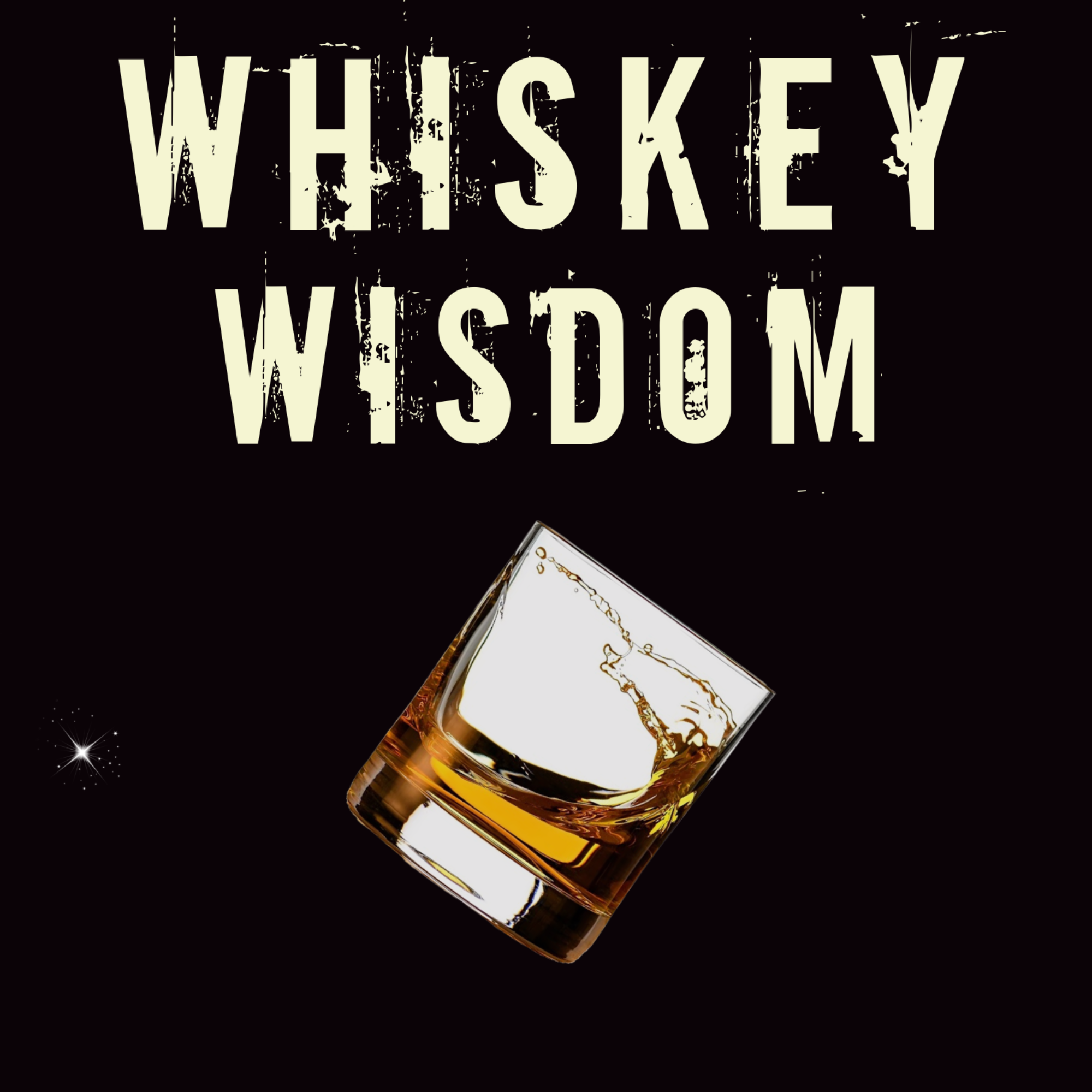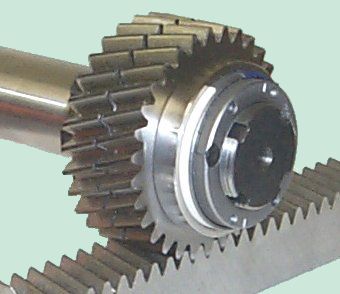Dear Ray: What exactly is rack and pinion steering?
Thanks,
— Claude Bawls
Dear Claude Bawls: The steering rack, as it’s known in the parlance of the trade, is a long iron bar, flat on one side, with thin serrations, known as “teeth,” which run the entire length of the steering rack. These teeth look like very precise vertical notches.
The pinion — or, more accurately, the pinion shaft — is another long metal rod, also grooved, but without a flat side. The grooves along the pinion shaft are horizontal, not vertical, as in the case of the steering rack. The pinion shaft comes into the rack at an angle of about ninety degrees and is held in place by a collar, so that the two, rack and pinion, come together in a kind of magical union.
The pinion shaft is connected at the hip to the steering column. Thus, when you crank your steering wheel to the right, for example, the pinion shaft turns the opposite direction (clockwise).
“In simple language, the rotary motion of the pinion is changed to transverse motion by the rack. The rack moves to the right, making the wheels go left. Thus, the car turns left” (rocket scientist Harry Dong).
Hope that answers your question, Claude Bawls. Thank you for visiting.


